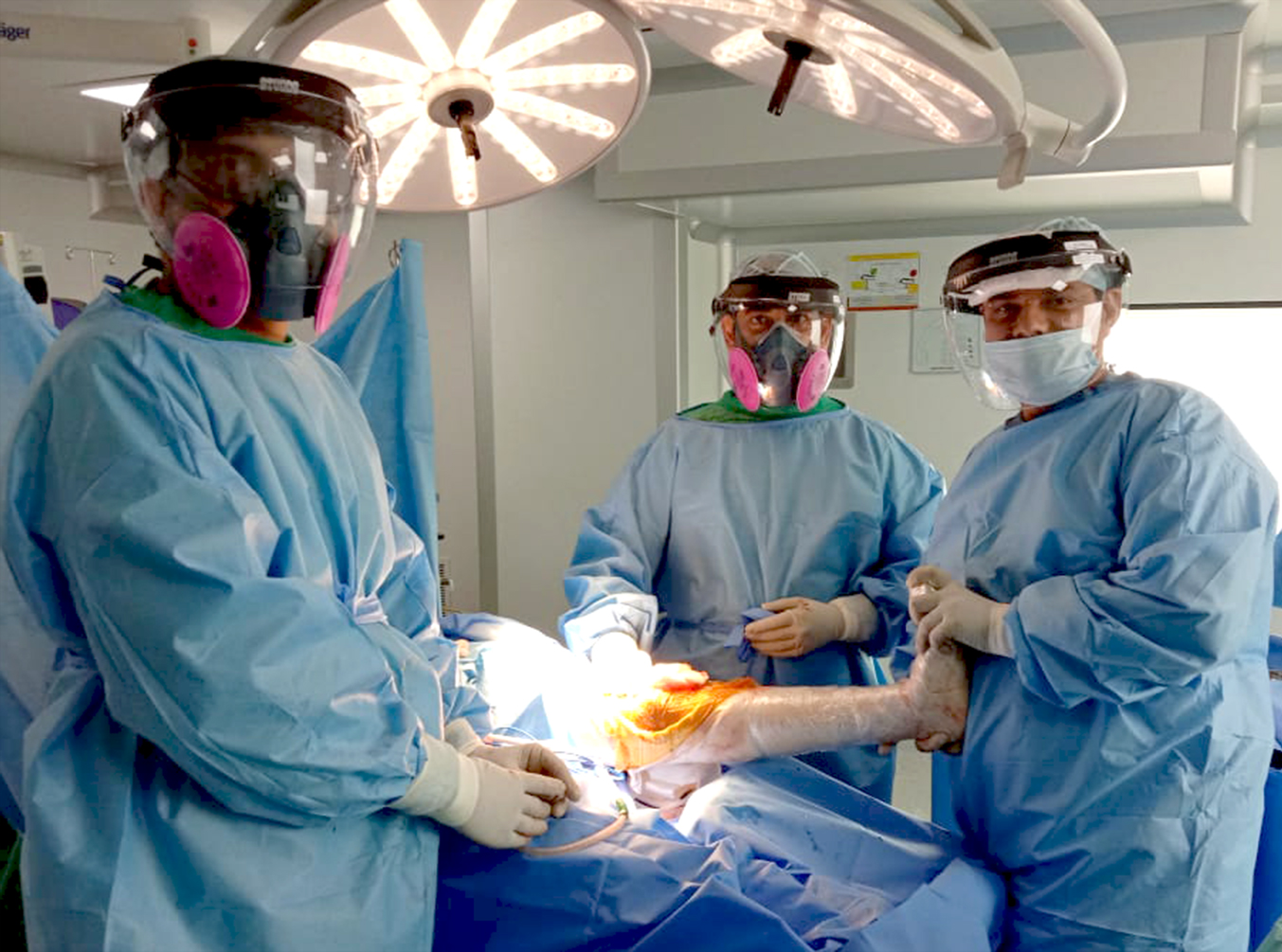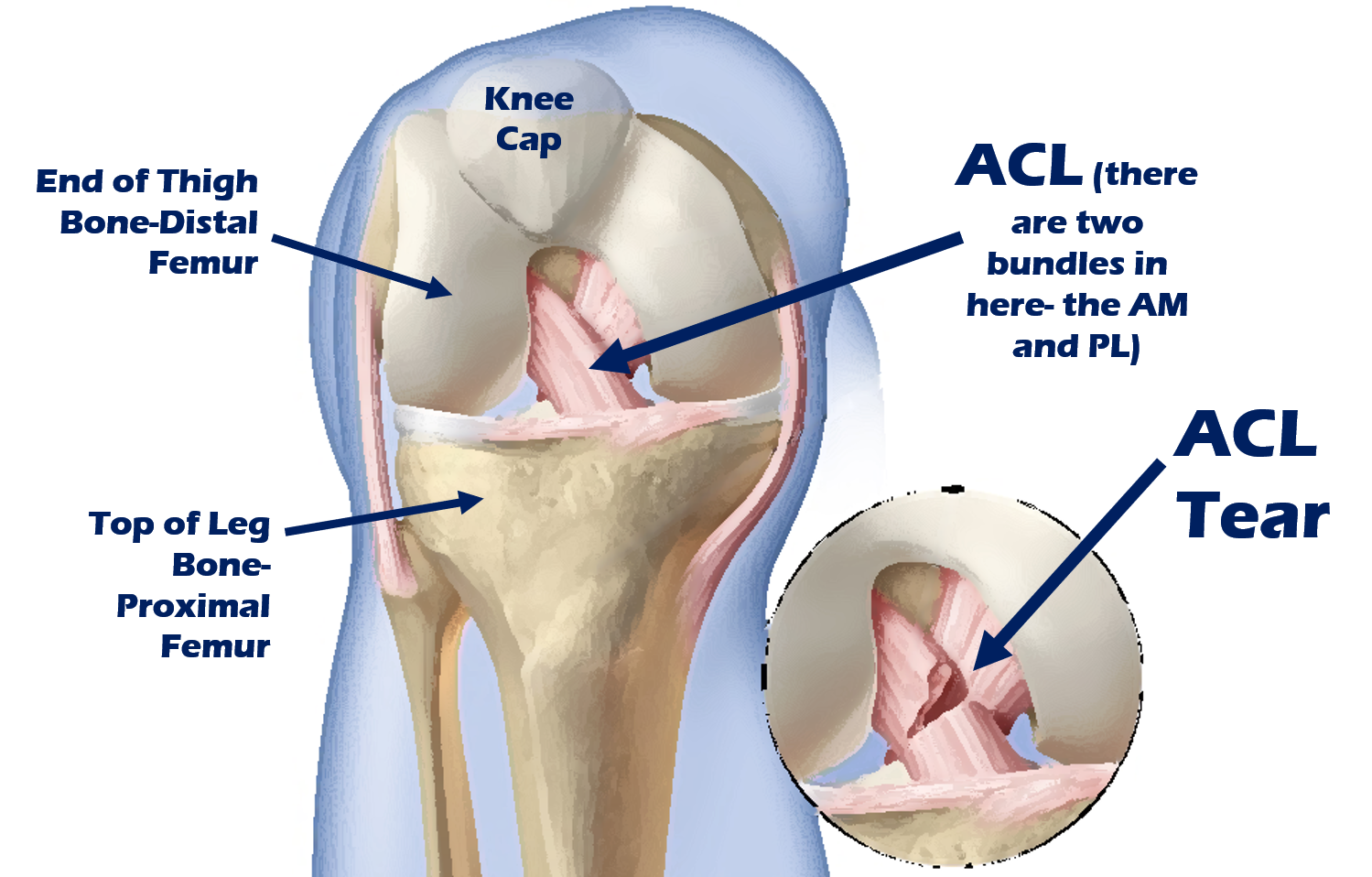Two tough bands of fibrous tissue that link the thighbone (femur) and the broad bone of the lower leg (tibia) at the knee joint are the posterior cruciate ligament (PCL) and anterior cruciate ligament (ACL). Together, the inside of the knee joint is bridged by the ACL and PCL, creating a “X” pattern that stabilizes the knee against front-to-back and back-to-front forces. In particular in relation to the upper leg, the PCL prevents the lower leg from slipping too far back especially when the knee is flexed (bent). PCL injuries are graded according to a traditional rating scale, like all kinds of sprains. A PCL injury is a sprain (stretch or tear of a ligament). During an automotive accident, the PCL is most commonly sprained when the front of the knee strikes the dashboard. The PCL can also tear when an athlete falls forward during sports activities and lands hard on a bent knee, which is common in football, basketball, soccer and especially rugby.

